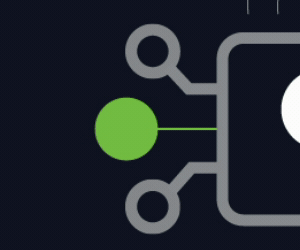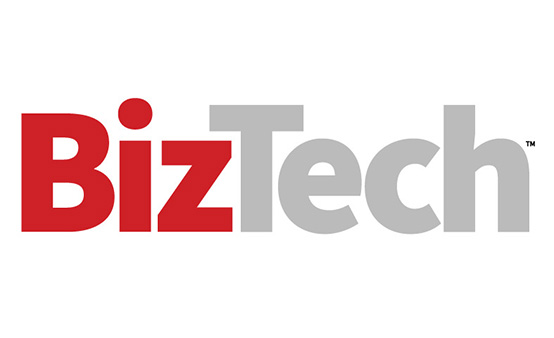A zero-trust environment can deter web shell attacks, but CISA advises organizations to be on the lookout nonetheless while on the path to zero trust. Common targets include edge devices or other internet-facing technologies. (The attack behind the CISA directive targeted a VPN product.)
Malicious web shells are delivered by exploiting server or web app vulnerabilities or configuration weaknesses, and their popularity with black hat hackers is rising. Microsoft reported tracking an average of 140,000 active web shells every month in 2021.
When Are Web Shells Dangerous?
CISA issued a recent directive notifying organizations of the active exploitation of vulnerabilities in two widely used VPN and network access control solutions.
According to CISA, these vulnerabilities could be exploited to implant a web shell with back door access, enabling an attacker to move laterally in the network to exfiltrate data or execute malware attacks.
Malicious web shells are dangerous not only because they establish back doors into systems, allowing remote attackers to bypass security restrictions and gain unauthorized system access, but also because of how difficult they can be to detect.
READ ON: A new cyber resilient strategy that supports organizational success.
They may be as small as a single line of code, hidden in encrypted HTTPS or encoded plain text, and they can rotate among protocols and ports to obscure their intent.
Attackers can execute web shell payloads hidden in cloud management applications on widely used cloud providers. In the case recently cited by CISA, attackers compromised a product’s internal integrity checker, ensuring it would fail to alert security teams to the breach.













